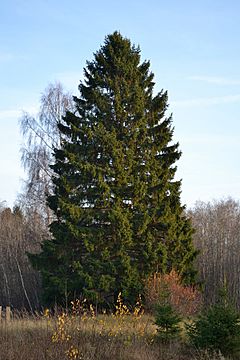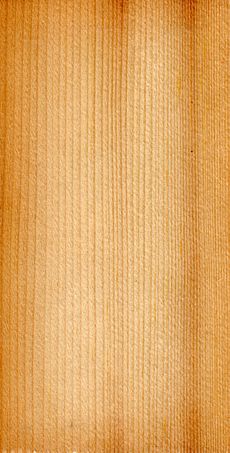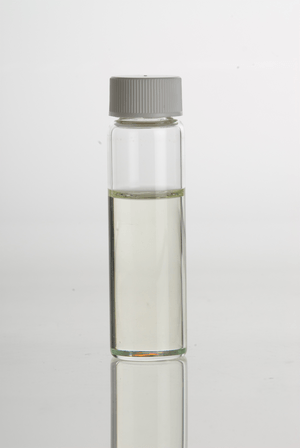Spruce facts for kids
Quick facts for kids Spruces |
|
|---|---|
 |
|
| Norway Spruce (Picea abies) | |
| Scientific classification | |
| Kingdom: | |
| Division: | |
| Class: | |
| Order: | |
| Family: | |
| Genus: |
Picea
|
Spruce trees belong to the group of trees called Picea. These are evergreen trees, which means they keep their green needles all year long. There are about 35 different kinds, or species, of spruce trees. You can find them in the cooler parts of the world, especially in northern areas and taiga forests.
Spruce trees are very tall, often growing 20 to 60 meters high. Some can even reach 95 meters! They have a special conical shape, like a Christmas tree. Their needles are attached one by one to the branches in a spiral pattern. These needles stay on the tree for 4 to 10 years before they fall off.
Contents
Types of Spruce Trees
There are many different kinds of spruce trees around the world. Scientists have identified about 35 accepted species. Here are a few well-known ones:
- Picea abies (Norway Spruce): This tree is from Europe and is very important for making wood. It's also known as the original Christmas tree.
- Picea asperata (Dragon Spruce): Found in western China, this spruce has several different types.
- Picea meyeri (Meyer's Spruce): This tree grows in northern China.
- Picea koraiensis (Korean Spruce): You can find this spruce in Korea and northeast China.
- Picea koyamae (Koyama's Spruce): This species grows in the mountains of Japan.
Spruce trees grow in different parts of the world. Some are found in North America, especially in cold boreal forests or high mountains. Others grow across Asia, often in mountainous areas. A few types are even found in higher parts of Mexico. There are also spruces that grow in Europe.
Some of the largest spruce trees include the Picea sitchensis, which can grow up to 95 meters tall. It is found along the Pacific coast of North America and is very important for wood.
How Spruce Trees Are Used
Wood and Building
Spruce wood is very useful for building. It's often called "whitewood" or "SPF" (spruce, pine, fir) in North America. People use spruce wood for many things, from building houses and making crates to special uses like parts of wooden aircraft. The very first airplane, the Flyer, built by the Wright brothers, was made from spruce wood!
However, spruce wood doesn't naturally resist insects or rot very well. So, it's usually best for indoor building projects, like the wooden frames inside walls. If left outside, spruce wood might only last about 12 to 18 months, depending on the weather.
Paper Making
Spruce is one of the most important trees for making paper. Its wood fibers are long, which helps them bind together to make strong paper. These fibers are also thin, so they flatten out when they dry. Spruces are often used in a process called mechanical pulping because they are easy to bleach. Along with northern pines, northern spruces are used to make a type of paper pulp called NBSK. Many spruce trees are grown on large farms just for making paper.
Food and Medicine
The fresh new shoots of many spruce trees are a natural source of vitamin C. Long ago, Captain Cook made a special spruce beer during his sea trips. He did this to stop his crew from getting scurvy, a sickness caused by not enough vitamin C. You can make spruce beer from the leaves and branches, or from their essential oils.
The tips of spruce needles can also be used to make spruce tip syrup. In a survival situation, you can eat spruce needles directly or boil them to make a tea. This gives you a lot of vitamin C. Spruce needles also store water, which can help you stay hydrated if you're in a tough spot. Eating spruce can help prevent scurvy, especially if meat is the only food available.
Musical Instruments
Spruce wood is the main material used for the soundboards of many musical instruments. This includes guitars, mandolins, cellos, violins, and the main soundboard inside a piano or harp. Wood used for this special purpose is called tonewood.
Along with cedar, spruce is often chosen for the top part of an acoustic guitar that helps make the sound. The most common types of spruce used for instruments are Sitka, Engelmann, Adirondack, and European spruces.
Other Interesting Uses
In the past, the sticky resin from spruce trees was used to make pitch. This was before people started using materials from oil. The scientific name Picea comes from a Latin word that means "pitch pine," because of this sticky substance.
Some Native Americans in North America used the thin, bendy roots of certain spruce species. They would weave these roots into baskets or use them to sew together pieces of birch bark to make canoes. There's even a famous golden Sitka Spruce tree called Kiidk'yaas that is very special to the Haida people.
Spruce trees are also popular as decorative trees in gardens and parks. People like their evergreen needles and their neat, cone-like shape. Because of this, some spruces, especially Norway spruce, are widely used as Christmas trees. Many artificial Christmas trees are even made to look just like them.
Spruce branches are also used at the Aintree racecourse in Liverpool, England. They help build some of the fences for the famous Grand National horse race. Spruce wood can also be used to create sculptures.
Images for kids
-
Pulvini remain after the needles fall (white spruce, Picea glauca).
-
Manually decorticated trunk of a spruce as protection against bark beetles
See also
 In Spanish: Pícea para niños
In Spanish: Pícea para niños








